Curbside Consult with Dr. Jayne 1/4/21

The new year is upon us, and other than hearing quite a few more fireworks and gunshots at the appointed hour, my celebration wasn’t terribly different from years past.
As someone who has worked big-city emergency departments on New Year’s Eve, it seems like a holiday that is ripe for trouble if you decide to go out, so I kept with tradition by celebrating at home. During the day, I binge-watched “Bridgerton” on Netflix, sparing anyone else from a tour through 19th century London. As the evening unfolded, it was time for “The Mandalorian” with the rest of the household. I feel like I’m finally caught up with the rest of the sci fi-loving community now, and can move into 2021 with a full appreciation of Baby Yoda.
I took January 1 off, then returned to the clinical trenches for a full day of adventure. Our region is going through a prolonged peak for COVID cases, and we’re perpetually running our locations with a skeleton crew in part due to illness. More than 50% of our physicians, NPs, and PAs have been infected with COVID, so I count myself fortunate to have avoided it and am thankful to the folks who have been helping me source additional PPE beyond what my employer has been able to provide.
Another segment of our staff has left the healthcare labor market entirely, deciding that perhaps dealing with COVID isn’t part of their ongoing career paths. We have a lot of staff that are from dual healthcare worker households, and if the cost of childcare is a factor, it makes a lot of economic as well as health-related sense.
Our state is still woefully behind in vaccinating healthcare workers. Our organization received a limited number of doses that were shared from a local hospital. The state still doesn’t understand that urgent cares are also on the front lines of the COVID fight.
It was great to see people starting to receive vaccine and beginning to feel a little bit of hope that we may be truly rounding the corner on our battle against COVID-19. Many of the individuals who have had COVID recently deferred vaccines so that those who have not yet been infected could go to the front of the line. We still need several hundred doses to finish the first round of vaccines, plus enough to perform Round Two. I never thought that a group as big as ours, which performs over half a million patient visits a year, would be overlooked. Hopefully, we’ll get more doses soon because we still have plenty of unprotected Tier 1a healthcare workers among our ranks.
Judging from some national Facebook groups I belong to, the vaccine distribution plans in many other states are poor as well, but I would rank us in the bottom 10% for having our act together. I learned today that our state department of health violated CDC prioritization guidelines and vaccinated its non-clinical office workers, even those who can work from home. I also learned that the department has no plans to hold hospitals accountable for going outside the guidelines, which many are. With that kind of leadership, it’s no wonder that they’re not able to meet the needs of the actual patient-facing healthcare workers.
The other adventure of returning to work in 2021 was the debut of the new CMS Evaluation & Management coding guidelines. As a consultant, I did some behind the scenes work for a couple of medical groups creating educational curricula for their physicians and teaching classes to help them get ready. We’ve been working on it for several months and most of the physicians felt confident going into the new year. As a physician, my practice waited until the eleventh hour to reveal their plan and it was pretty underwhelming. They’re so worried about the coding that they’re going to let Certified Professional Coders assign the codes.
They sent us a two-page document on December 29 letting us know of a few new EHR screens we needed to be aware of. They also sent instructions about documenting free-text information to bolster our “medical decision making” discussion in an area of the chart where we don’t usually put it. Because many of us write that information in patient-facing language in the patient plan for “cover yourself” purposes, we now have to put it in two places, which seems like a pain.
I asked for clarification and was told it was for consistency for the coders to know where to look. I’d think it’s cheaper to tell the coders to look in two places rather than have the providers do double work, but I’m just a worker bee in this scenario. Given the labor cost of the coders and the sparseness of some of my colleagues’ documentation, I give this approach no more than 90 days before they decide to retool it.
Even though the new coding rules are supposed to simplify documentation for the History and Physical portion of the note, my practice didn’t change expectations for those areas, still asking us to document Review of Systems and Exam elements that are beyond what is needed for the kind of problem-focused visits that occur at an urgent care. They make sense for some of our more complex patients, where we may be co-managing chronic conditions because the patients can’t get in to see their regular care teams, but I refuse to do them when the visits are straightforward. You can bet I didn’t document a multi-point Review of Systems on the guy who came in with the 6 cm scalp laceration after having fallen into a door while tripping on his son’s skateboard.
I’m curious what other organizations have been doing to prepare their physicians for the transition, and how well they’re handling it. It will be interesting to see if groups are seeing revenue dips due to lack of documentation or whether they actually see a little bump because they’re not being nitpicked on data elements that physicians may feel aren’t meaningful. Many physicians may also choose to code their visits based on time, which may result in an increase in code levels.
It will be at least 30 days before we can see trends, and possibly longer depending on patient volumes. Traditionally January is a slow time of the year for patient visits because no one has met their deductibles. We’ll have to see if 2021 holds true for this and how long that depression lasts. Of course, it will be confounded by the pandemic, so it may be hard to tell.
How did your organization handle the rollout of new E&M coding rules, and how is it going? Leave a comment or email me.

Email Dr. Jayne.





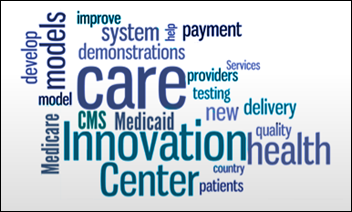
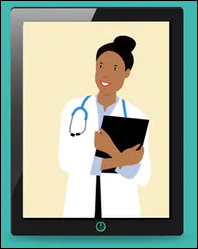



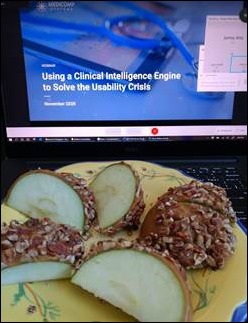
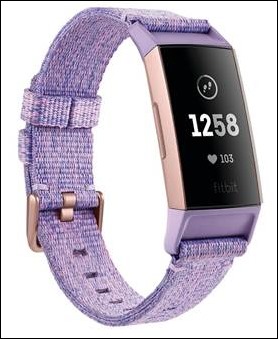

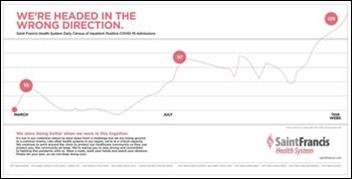



"A valid concern..." Oh please. Everyone picks the software they like and the origin of that software is an afterthought.…